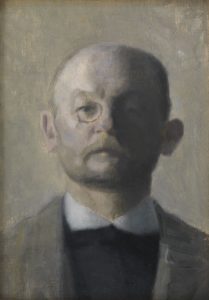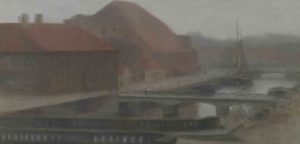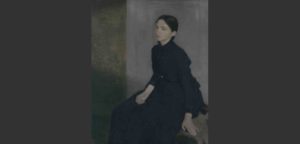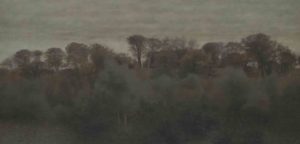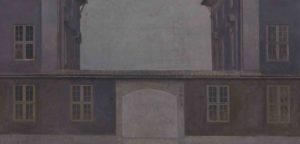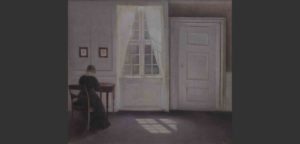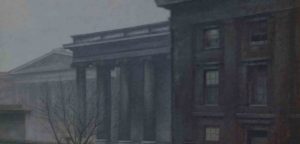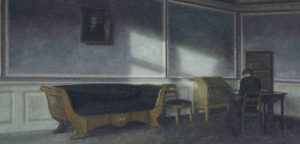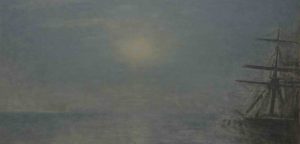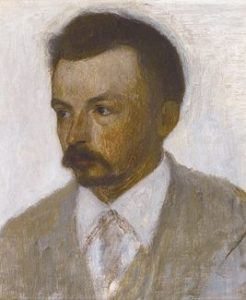Vilhelm Hammershøi was born on May 15, 1864 in Copenhagen, Denmark.
1864 - 1916
Vilhelm Hammershøi
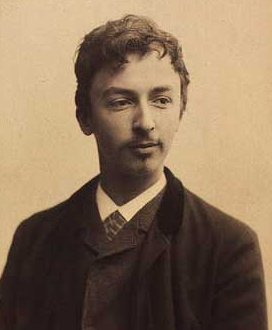
description
Vilhelm Hammershøi was one of the most famous artists of Denmark, whose fame spread far beyond his motherland.
He was born and raised in the family of well-to-do merchants. He was fond of painting from the age of eight and that was supported by his parents.
Inspired by Whistler’s painting, he painted portraits and landscapes in restrained tones, as well as half-empty and mysterious interiors that brought him fame. The artist traveled a lot, showing his paintings in major European cities, but preferred to work in his native Copenhagen. Together with his brother-in-law Peter Ilsted, he was a member of the “Free Exhibition”, a progressive art society that united avant-garde artists in Denmark. Vilhelm Hammershoi was a successful artist, whose paintings were very popular and which were enthusiastically reviewed by such great artists as Renoir and Sargent.
Hammershoi’s paintings are often compared to the works of the famous classic painter Jan Vermeer, his contemporaries even called him “The Nordic Vermeer of Art Nouveau”. The interiors of Hammershoi are indeed reminiscent of the work of the great Dutchman, as they convey an atmosphere of silence and tranquility in a similar manner.
Key ideas:
– Vilhelm Hammershoi became famous first of all for his original interiors, most of which he painted in Copenhagen. While Europe was replaced by a variety of artistic trends, Hammershoi remained faithful to his own extraordinary style, strict, but at the same time dreamy and lyrical.
– His works are full of peace, calmness and melancholy. The artist used muted warm tones and a rather poor color palette, applying black, white and brown colors, as well as all shades of gray. With the exception of early works, he did not use bright colors at all.
– Hammershoi’s interiors are mostly deserted. If there is a human figure in them, then its back is turned to the viewer and the person is occupied with everyday affairs, as if not noticing the painter. This feature gives the picture a feeling of some tension and an atmosphere of mystery. As a model, the artist most often used his wife, Ida, and painted pictures in his own house in Copenhagen or in a rented apartment where they lived.
– In the author’s creative heritage, there are many portraits and landscapes. In portraits, Hammershoi depicted his close relatives. The most famous is the portrait of the artist’s sister Anna, which was written in 1885 and made the painter famous.
– The artist’s landscapes are distinguished by the subtle effects of light, objects are fogged and cause a sense of fairy tale. In all the canvases, much attention is paid to the compositional construction of objects and their light. The artist himself said: “What makes me choose this motive is mainly its lines, I would call it the architectural structure of the image. And, of course, light. It is extremely important in painting. ” These two components became the key ideas of the master.
1864
1876
1885
1889
1890
1891
1900
1906
1909 - 1910
1916
The birth of the artist
He entered the Danish Royal Academy of Fine Arts
He entered the Danish Royal Academy of Fine Arts in Copenhagen, which he graduated from in 1885.
Presented his creative debut
Presented his creative debut – a portrait of his sister Anna, which received positive reviews. In the same year, he made his first trip abroad, going to Berlin and Dresden.
Several works of the artist were presented at the World Exhibition in Paris
Several works of the artist were presented at the World Exhibition in Paris at the Danish Pavilion.
Became a member of the association "Free Exhibition"
Became a member of the association “Free Exhibition” in Copenhagen.
Married Idee Ilsted
Married Idee Ilsted, a sister of his classmate, and went on a honeymoon trip through Germany, France, Italy and England. Here he became acquainted with many works of art and outstanding contemporary artists.
Lived in Copenhagen with his wife
Lived in Copenhagen with his wife. He painted a lot, created his very best works. At this time, Hammershoi’s painting became popular, especially in Germany.
A large exhibition of paintings by Hammershoi took place in Hamburg
A large exhibition of paintings by Hammershoi took place in Hamburg. Many canvases were successfully sold, the artist’s work became even more famous in many countries.
Became a member of the Royal Academy of Arts
Became a member of the Royal Academy of Arts and the winner of international art exhibitions in Italy and the United States.
The death of the artist
He died on February 13, 1916 in Copenhagen, Denmark.

